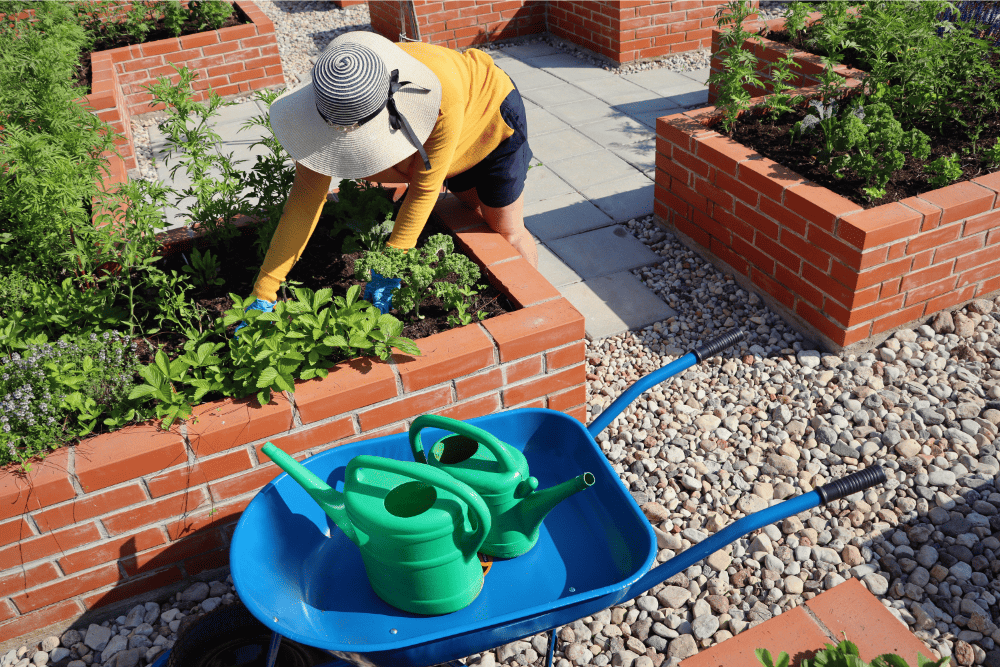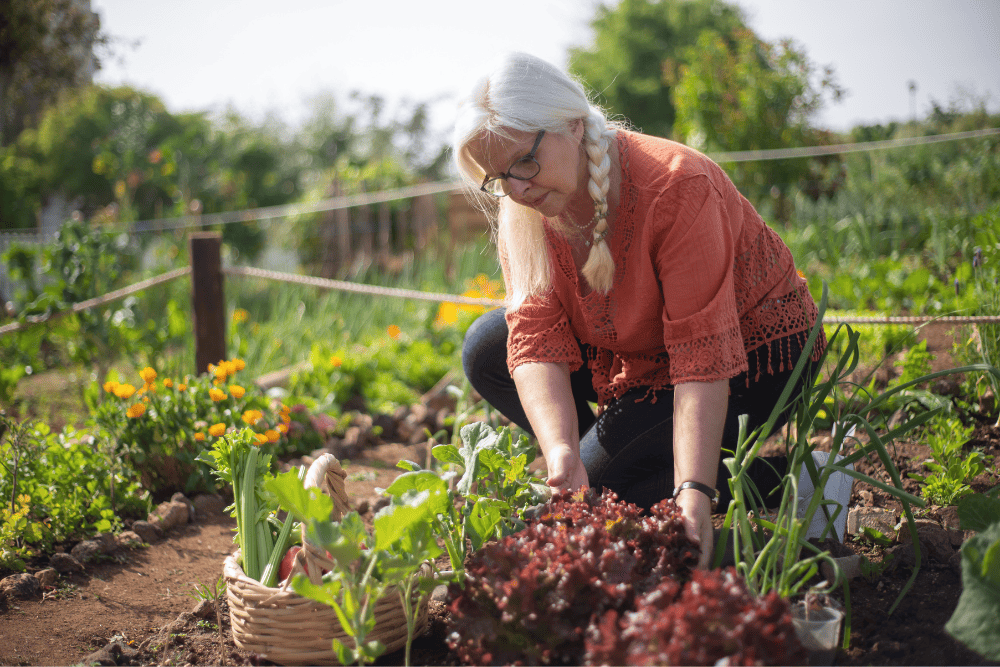In a time when grocery bills just keep going up and the cost of living is on the rise, growing your own food isn’t just a fulfilling hobby—it’s a smart money move. With supermarkets and fast-food chains taking over, this can help you save money and ensure your produce is fresh and packed with nutrients. Whether you’ve got a spacious backyard or just a small balcony, here are 9 tips on how to grow your own food that will come in handy.

1. Plan and Design Your Garden
Before you dive into the world of gardening, take the time to plan and design your space. You must first consider factors like sun exposure, the quality of the soil, and available water sources. Plot out areas for different types of plants, considering their compatibility and growth needs. Make sure you have the best garden tools and use the Garden Planner to help you visualize and organize your garden layout.
2. Choose the Right Plants
Choosing the right plants for your garden is crucial for a successful harvest. Go for vegetables, fruits, and herbs that thrive in your climate and soil conditions. Check out platforms like Plantmaps, where interactive maps can guide you in picking the most suitable plants for your specific region.
3. Composting
Enhance the fertility of your soil by adding composting to your gardening routine. Not only does it reduce kitchen waste, but it also enriches the soil with essential nutrients. Learn more about composting with the Compost Guide and turn your kitchen scraps into valuable nourishment for your garden.
4. Raised Beds and Container Gardening
If you have a small garden or the soil quality isn’t that great, consider raised beds or container gardening. Raised beds give you more control over the soil, drainage, and pests. You can find a range of raised bed kits on sites like Gardeners Supply Company, while the Container Gardening Guide offers insights on growing plants in containers.

5. Vertical Gardening
Make the most of your space by trying out the vertical gardening techniques. Set up trellises, vertical planters, or hanging baskets to grow climbing veggies such as tomatoes, cucumbers, or beans. This method not only saves space but also brings a stylish touch to your garden. Check out these vertical garden ideas for some inspiration.
6. Watering Techniques
Efficient watering is the key to a thriving garden. With that in mind, consider investing in drip irrigation systems or soaker hoses to provide a consistent water supply to your plants while minimizing water consumption. For helpful tips on setting up effective watering systems, the Irrigation Tutorials can provide valuable insights.
7. Companion Planting
Companion planting can be utilized to enhance the productivity and well-being of your garden. Certain plants benefit each other when grown in close proximity—some benefits include weed suppression, pest control, pollination, and of course, to maximize space. Check out guides like The Old Farmer’s Almanac Companion Planting Guide for a complete list of plant companions to make the most of your garden.

8. Pest Management
Keep your garden in harmony by employing organic pest control methods. Introduce beneficial insects like ladybugs or lacewings, use neem oil or garlic spray, and practice companion planting to repel unwanted pests. The University of California Statewide Integrated Pest Management Program provides valuable information on sustainable pest management.
9. Crop Rotation
Crop rotation can help protect your soil and keep your plants healthy. Rotate your crops every season to ensure that plants from the same family are grown in different spots. This method helps maintain soil fertility and reduce the risk of pests and diseases. Learn more about effective crop rotation from guides like Crop Rotation 101: Tips for Vegetable Gardens.
Growing your own food in your garden is a truly rewarding experience that connects you to nature and promotes a sustainable lifestyle. By careful planning, choosing the right plants, and implementing sustainable practices, you can turn your garden into a thriving source of fresh produce. Embrace the joy of cultivating your own food and enjoy the numerous benefits it brings to your health, the environment, and your sense of accomplishment. Happy gardening!